EDIT: I made 3 videos showing my reverse engineering of this machine - they're all in one video now. Before reading anything else in this thread, watch the original video (link is in this post) and watch my FULL VERSION explanation: FULL VERSION – Gravity Power 1939 Reverse Engineering Details | A & P Electronic Media – Digital Publishing by Aaron Murakami & Peter Lindemann
-----------------------------------------------------------------------------------------------------------------
First watch this: https://www.youtube.com/watch?v=rxIRaJlTD4Y
I saw the conversation at Stefan's forum so I thought I'd share about about my work on the William F. Skinner gravity power machine. I've had it figured out for a couple years but never saw anyone talk about it. Was going to give a demonstration at this year's conference, but was encouraged by a lot of people to talk about the Plasma Ignition instead.
Anyway, this is a short video clip to simply get more interest in the machine. If I see people making progress by building things and not just talking about ideas, I'll share more bit by bit.
https://www.youtube.com/watch?v=jJDCgmtITRs
Youtube description: This is a short vid to get interest in the machine. Saw the discussion at Stefan's forum so thought I'd share. http://www.energeticforum.com/renewa...ity-power.html Skinner's machine gives more than 1200% more work than is input - the rest comes from gravity. That is a COP of 12.0, which is beyond useful. It is one of the few real free energy machines that has been in front of everyone for a long time!
-----------------------------------------------------------------------------------------------------------------
First watch this: https://www.youtube.com/watch?v=rxIRaJlTD4Y
I saw the conversation at Stefan's forum so I thought I'd share about about my work on the William F. Skinner gravity power machine. I've had it figured out for a couple years but never saw anyone talk about it. Was going to give a demonstration at this year's conference, but was encouraged by a lot of people to talk about the Plasma Ignition instead.
Anyway, this is a short video clip to simply get more interest in the machine. If I see people making progress by building things and not just talking about ideas, I'll share more bit by bit.
https://www.youtube.com/watch?v=jJDCgmtITRs
Youtube description: This is a short vid to get interest in the machine. Saw the discussion at Stefan's forum so thought I'd share. http://www.energeticforum.com/renewa...ity-power.html Skinner's machine gives more than 1200% more work than is input - the rest comes from gravity. That is a COP of 12.0, which is beyond useful. It is one of the few real free energy machines that has been in front of everyone for a long time!



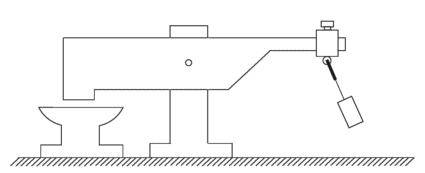


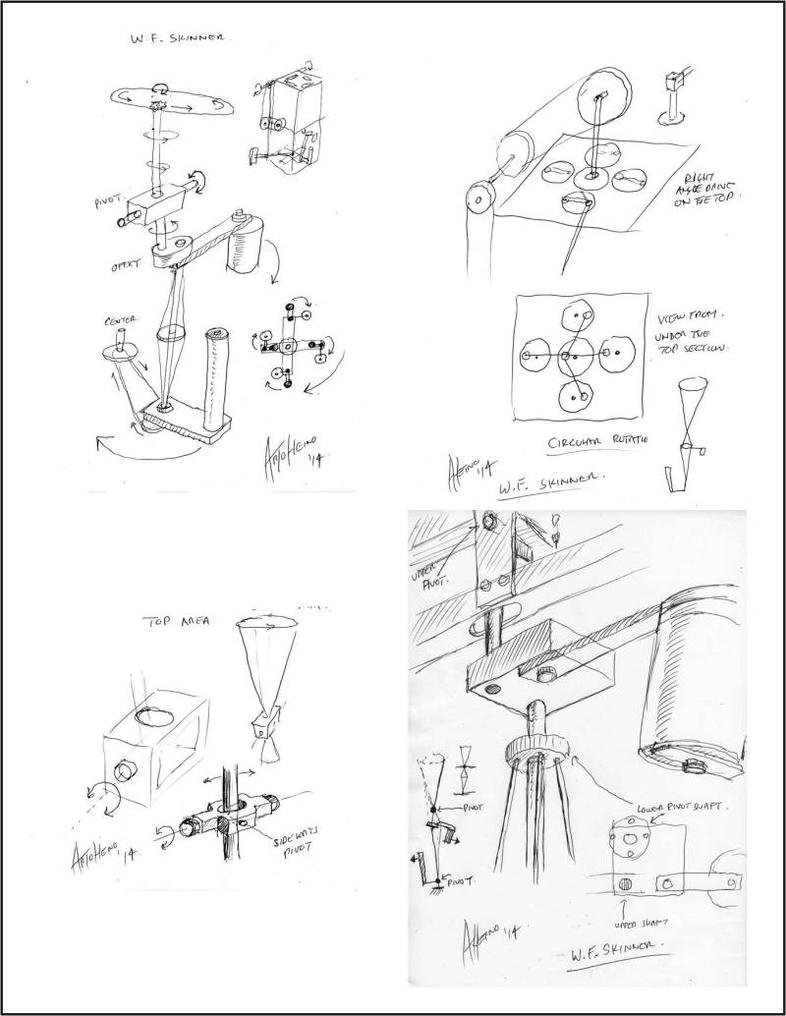
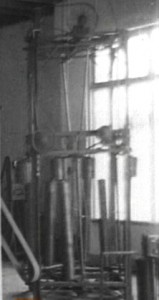

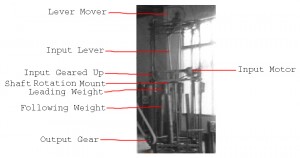
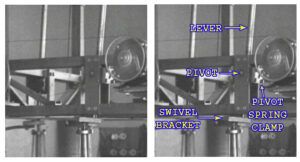

Comment